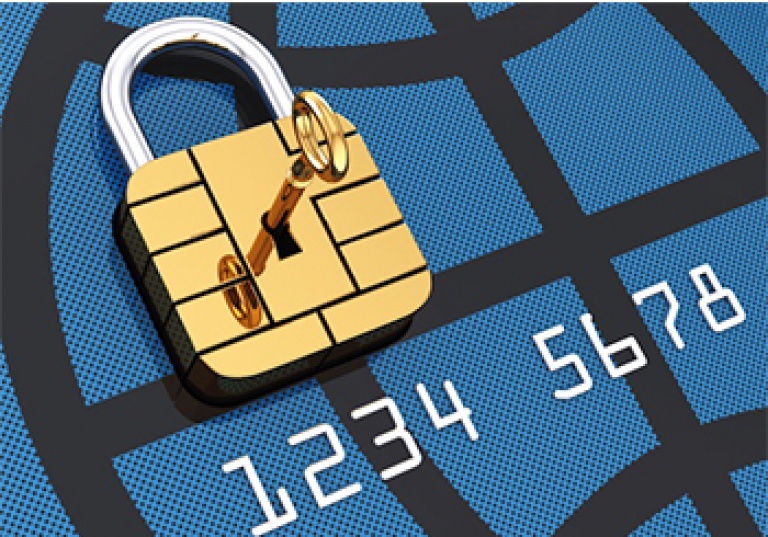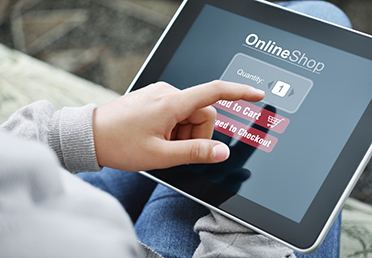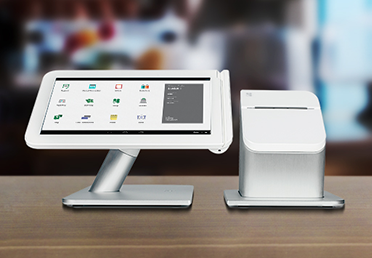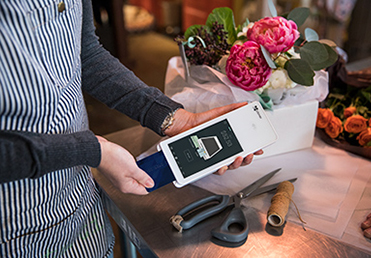Chip and Pin Technology
Chip And PIN Technology!
Chip technology helps Canadian businesses deliver faster and more secure ways for customers to pay. When processed properly on a chip-enabled terminal, Chip and PIN cards help prevent certain types of payment card fraud and fraud-related chargebacks.
How Does Chip and PIN Technology Work?
Chip and PIN cards are credit or debit cards that contain an embedded microcomputer chip that holds cardholder PIN data. To use a card, a customer must enter his or her Personal Identification Number (PIN), instead of his or her signature, to complete a transaction.

How Chip and PIN Technology Benefits Your Business
In Canada there are some limitations:
- Ensures Cards are Authentic: Chip technology is virtually impossible to copy, and when it is combined with the use of a PIN, it helps reduce fraud due to lost, stolen or counterfeit cards.
- Reduces Chargeback Risks: Chip and PIN technology eliminates your responsibility for authentication (verifying a signature) and reduces the frequency of chargebacks.
- Supports Faster Authentication: Entering a PIN is faster than requesting and verifying a cardholder’s signature, making checkout quicker.
What about Magnetic Stripe Cards?
You will still be able to process magnetic stripe cards on your terminal. Also, Chip and PIN cards will still have a magnetic stripe, in order to be compatible with other international and regional standards, so that customers will be able to use their cards on your terminal.
Tips On Working With Chip and PIN Technology Cards
Inserting The Card
Make sure that the card is inserted face up, with the chip first. The card can be inserted either into the PIN Pad or the terminal (only if you are using an internal PIN Pad device).
Follow The Terminal Prompts
When processing any type of card, follow the prompts on the terminal screen. The terminal will tell you what to do. For example, if you swipe a Chip and PIN card, the terminal will prompt you to insert the card.
Make Sure The Card Remains In the Terminal or PIN Pad
The card must stay in the terminal or PIN Pad for the duration of the transaction which ends when the receipt is being printed. If the card is removed before the end of a transaction, the payment will not be processed.
Dealing With Foreign Cards and Magnetic Stripe/Unchipped Cards
Some foreign cardholders and Canadians yet to be issued with Chip and PIN cards will continue using a magnetic stripe card. Some customers will carry a Chip and Signature card that does not require a PIN. Your terminal will recognize the card and prompt you to follow the required payment process.
When A Customer Has Forgotten or Doesn’t Know Their PIN
If a customer can’t remember their PIN, they should contact their bank or card issuer to reset the PIN. To complete the transaction, ask for another payment method.
Dealing With a Locked PIN
If a PIN is locked, the wrong PIN has been entered too many times, rendering the card temporarily unusable. The terminal prompt will tell you whether payment on this card will be accepted using a signature, or if the customer needs to provide a different method of payment. The customer needs to contact their bank or card company to unlock the PIN. Customer service contact numbers are on the back of most payment cards and on statements.
Declined Transactions
There is no change to procedures for declined transactions — use the same procedures you would generally follow.
Refunds
To process a refund, simply insert the card and proceed with the refund. Your customer may have to key a PIN for some refunds.
Customers With Disabilities
Some people with disabilities will always have a chip and signature card. Chip and PIN terminals will recognize this type of card and automatically ask for a signature.
Let's Work Together
Get in touch and ask us for a quote or ask a question about what solution is best for your business. Call us at 888-616-6967 or click to send an email. We’re here to help.



